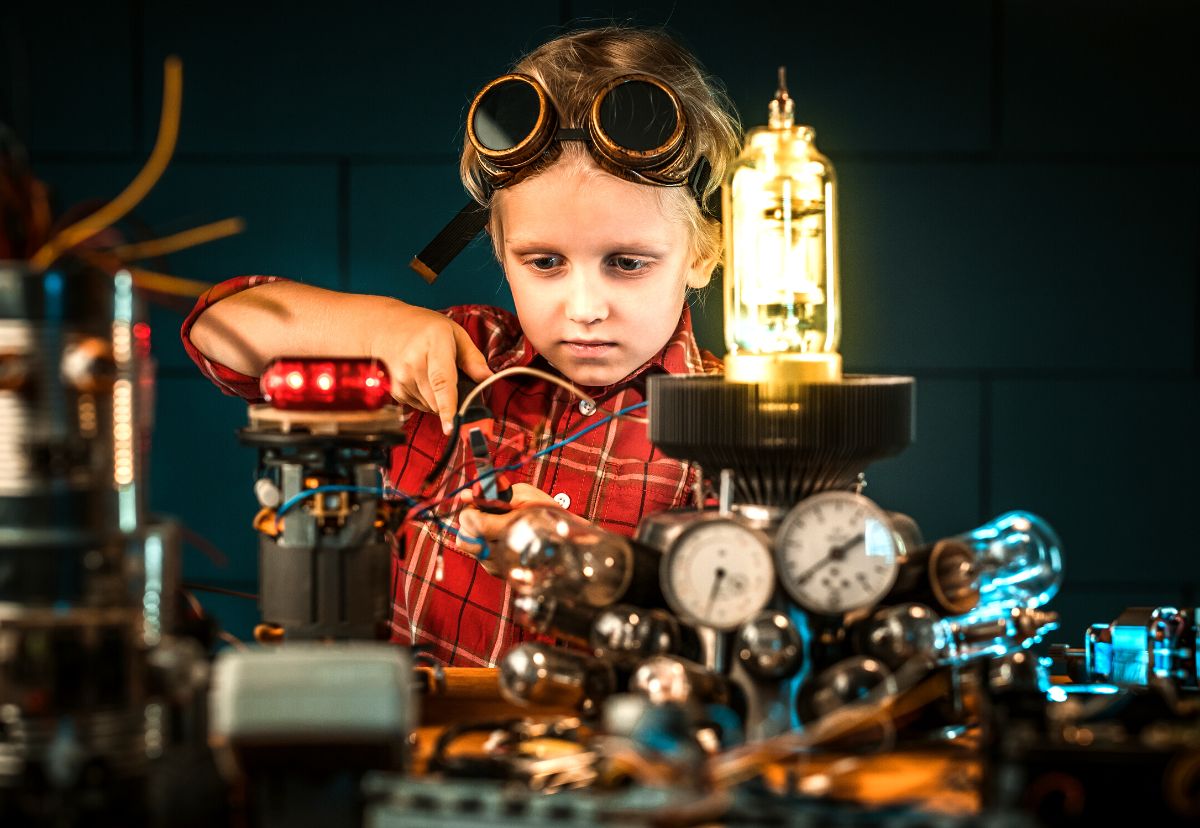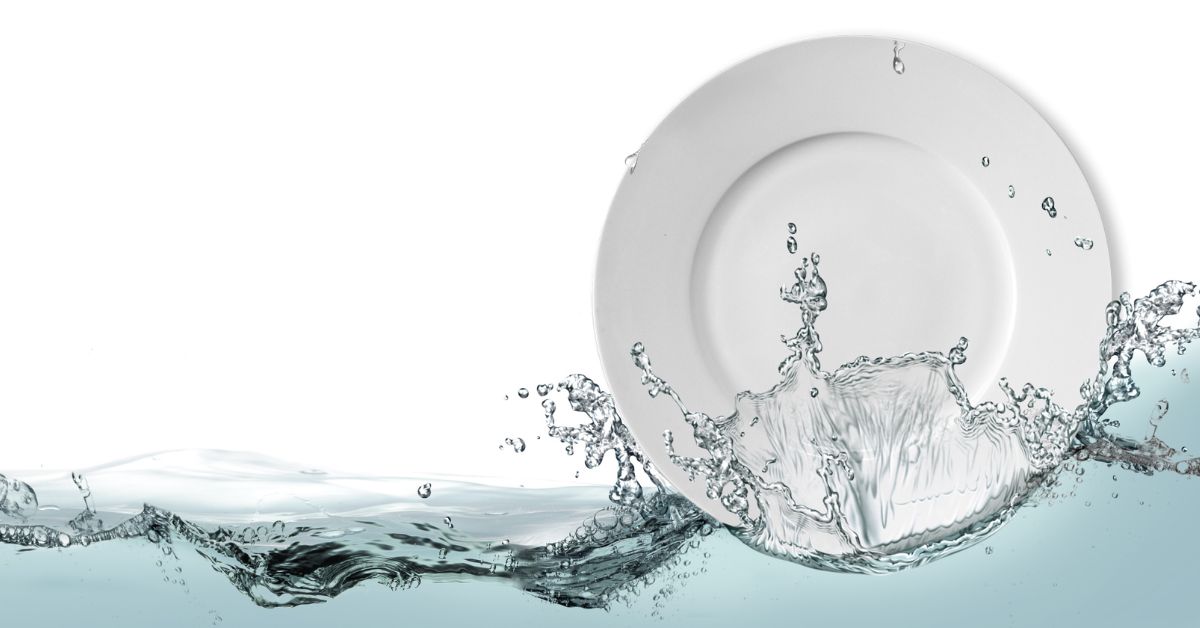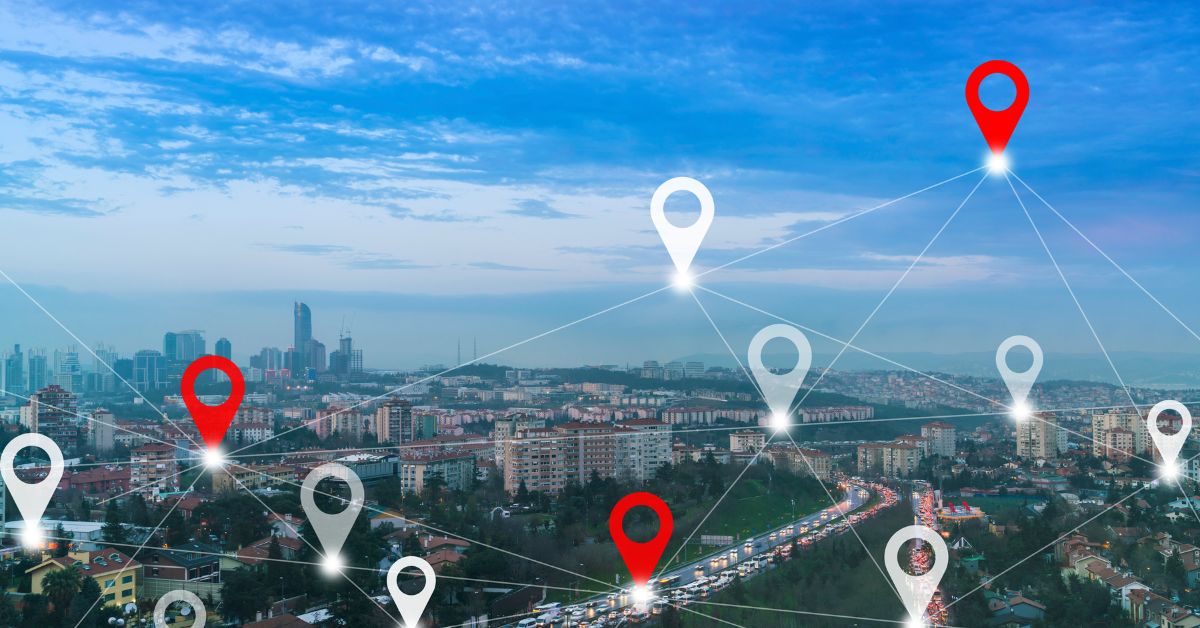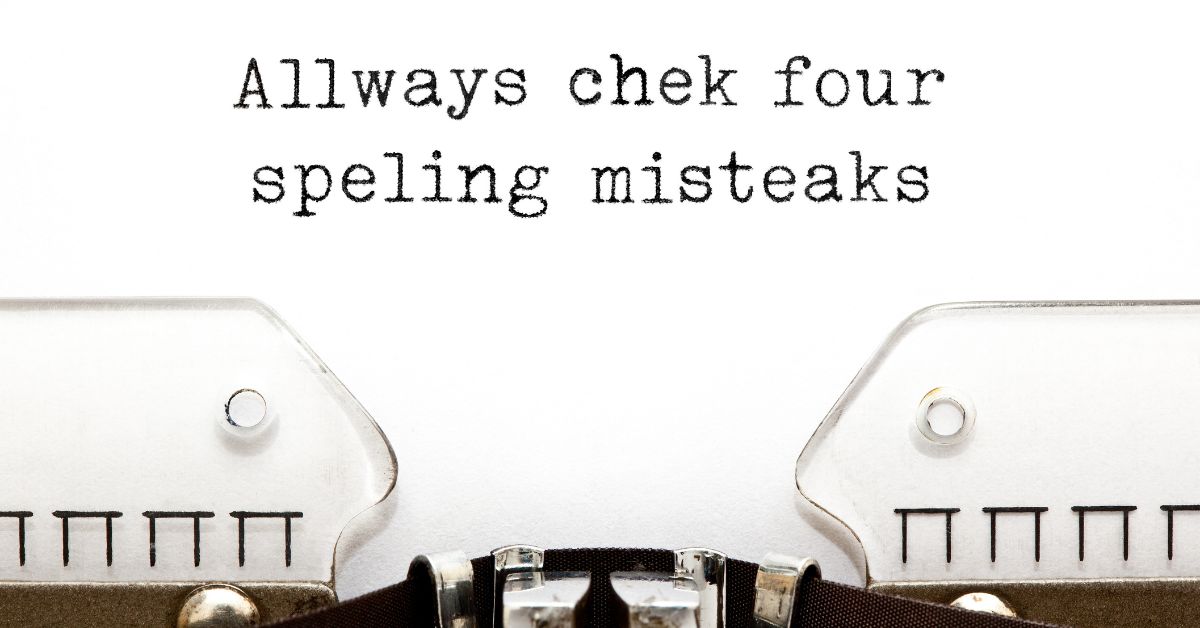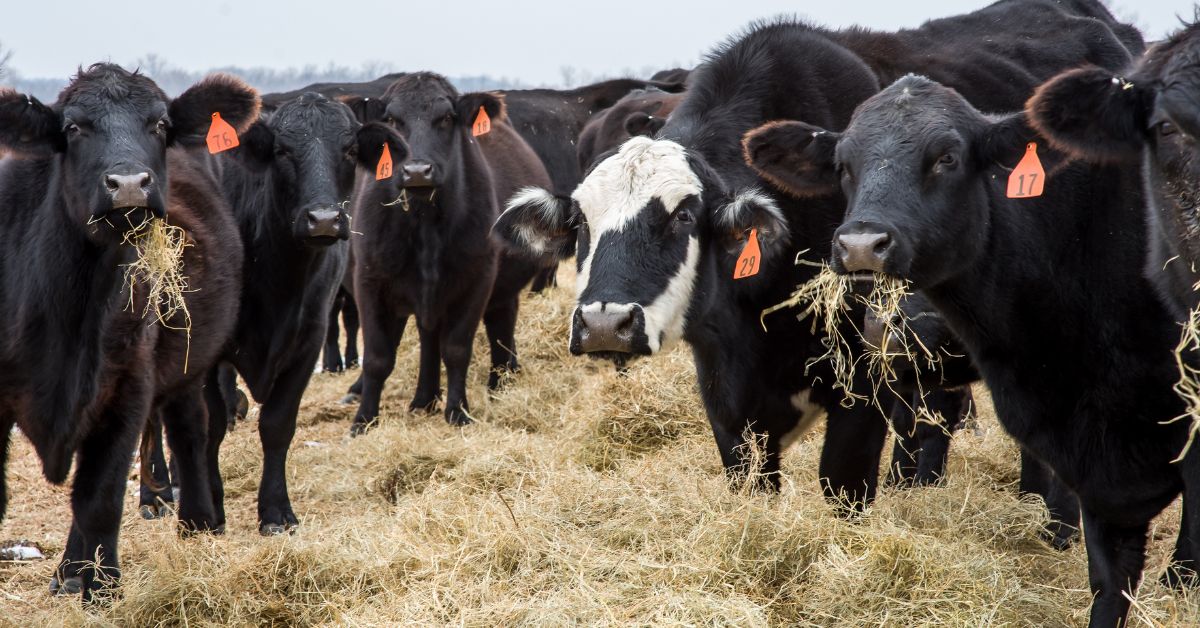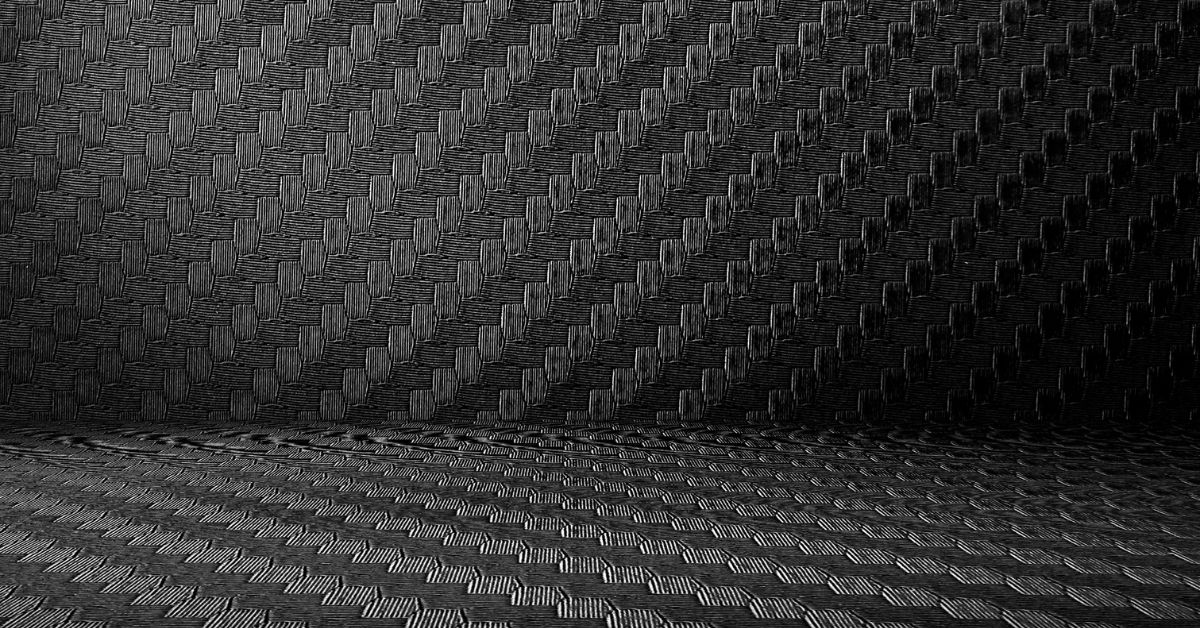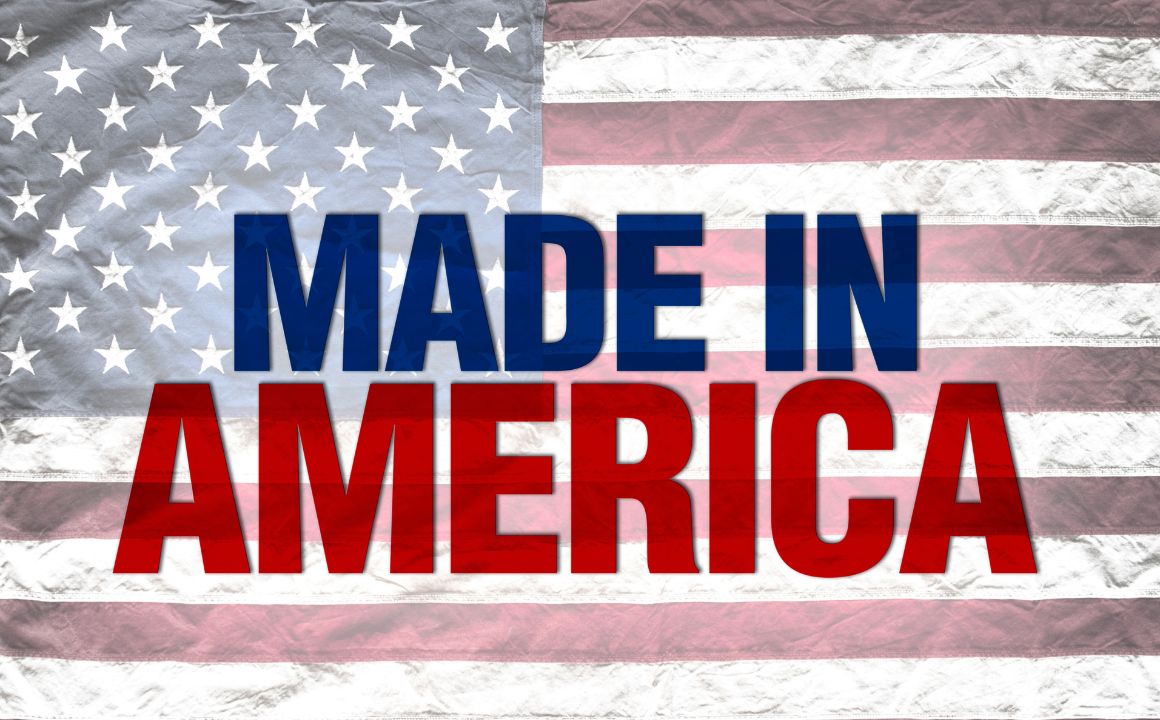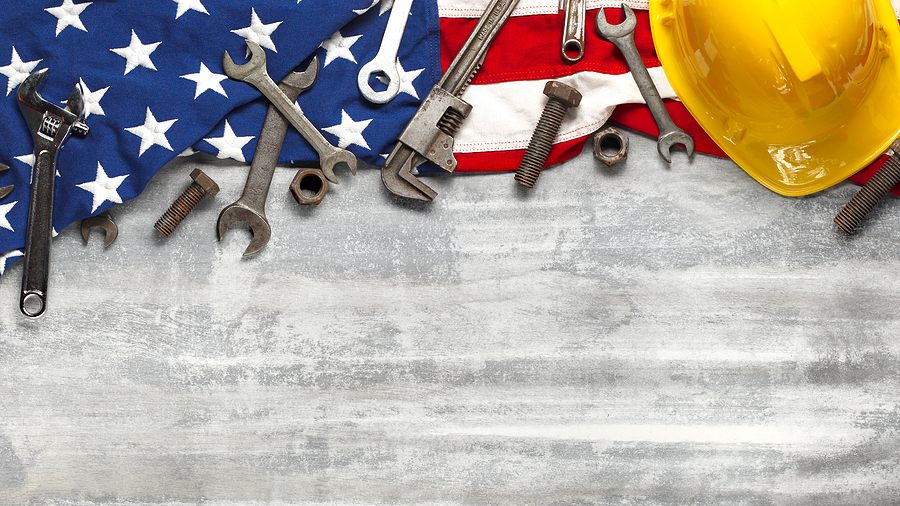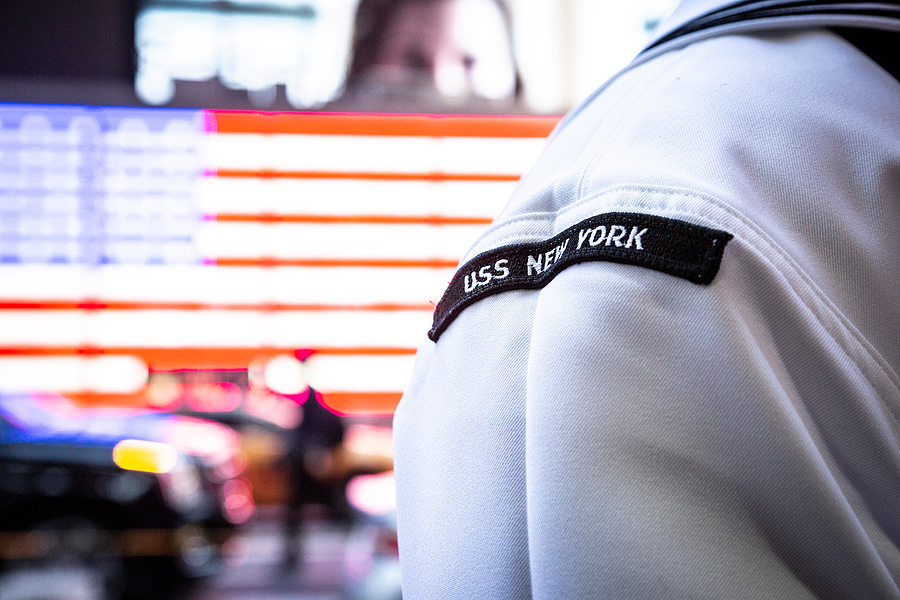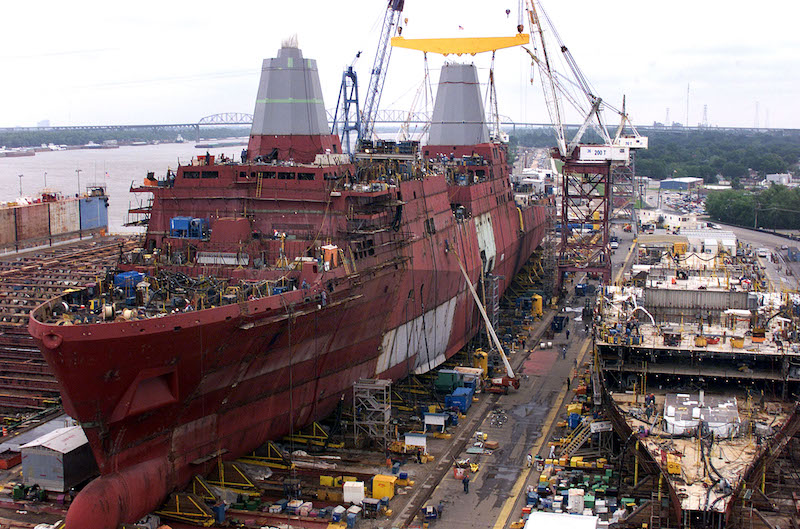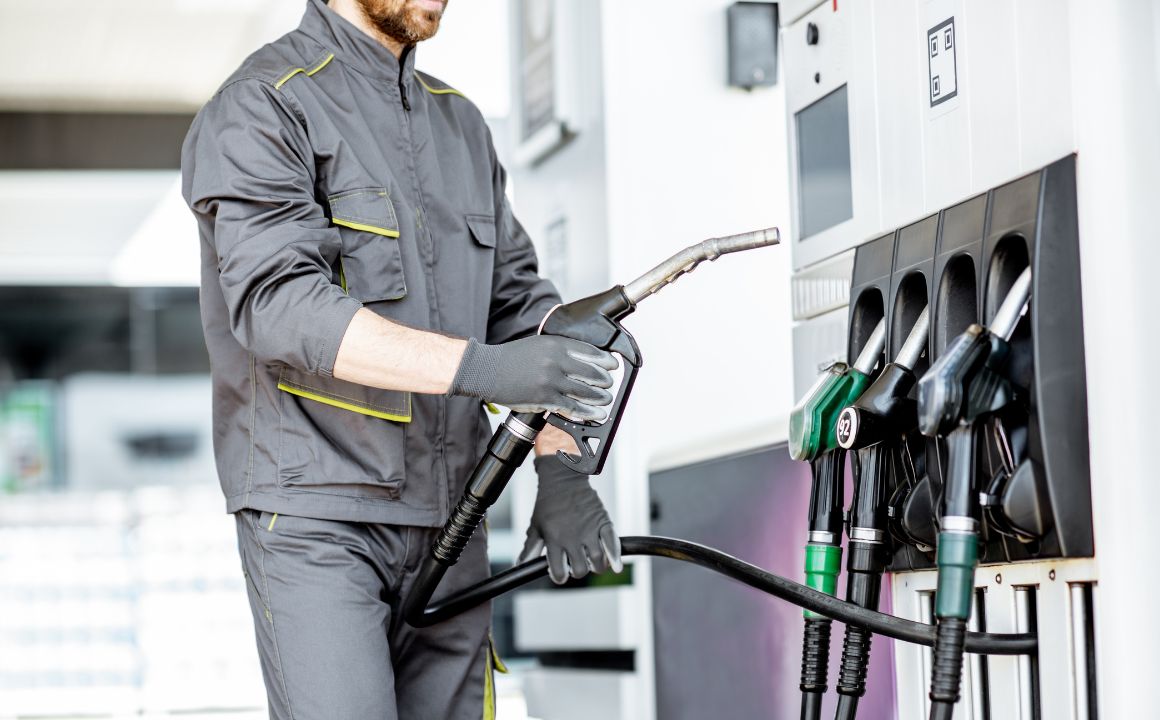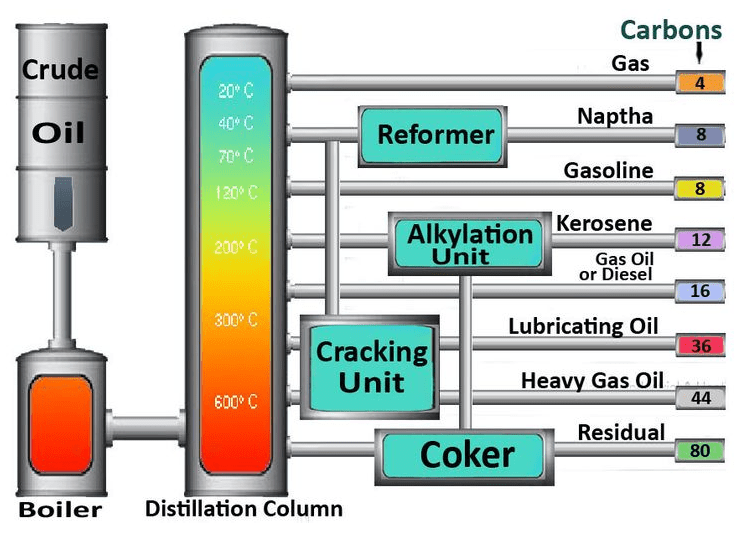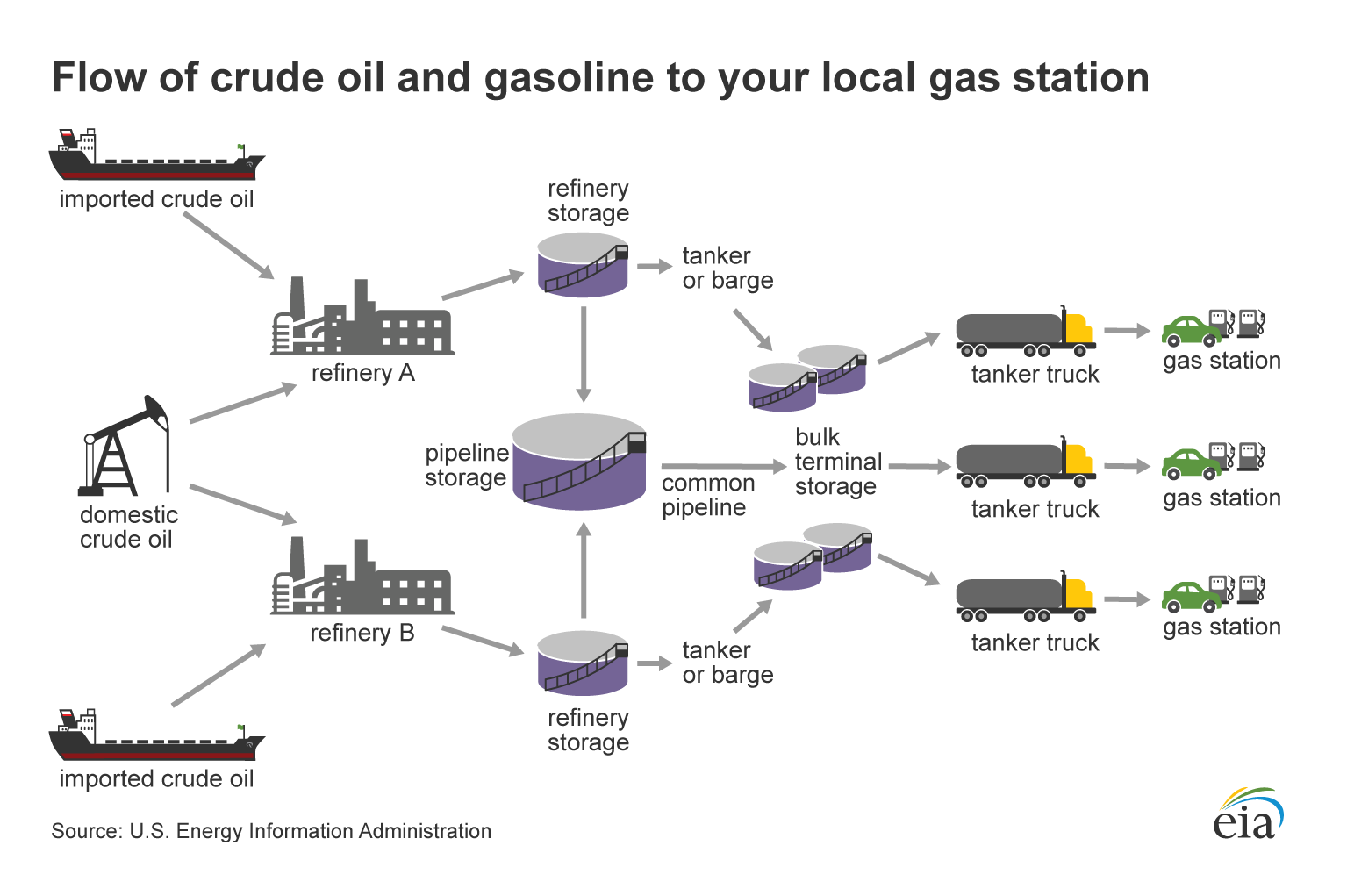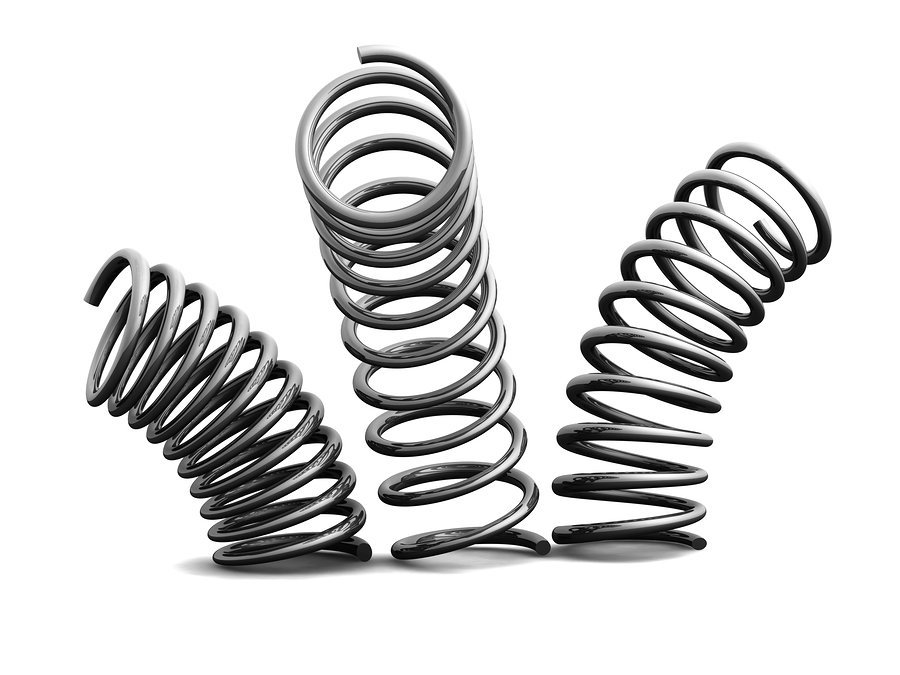There are a lot of things made in America and FlexTrades helps make them. FlexTrades has a presence in many, many states across the United States. We work with manufacturers of all types, and we employ many talented engineers and skilled trades personnel. American manufacturing is important to us and we’re doing what we can to power manufacturing nationwide. As a result, we thought we’d share some great products manufactured here in the United States! Go American Made.
Please keep in mind, according to the Federal Trade Commission, the term “Made in the USA” means “all or virtually all” products are made in the USA. As a result, some of these companies may outsource materials or some components but the actual product is made here in the United States of America.
Alabama – Cougar Claw Tree Stands
Cougar Claw Tree Stands are made in Foley, Alabama. This company not only makes the product in Alabama, but they also extract the aluminum needed to make the product from northern Alabama.
Alaska – Bambino’s Baby Food
Manufacturing in Alaska can be hard to do since most products are exported and that requires additional costs. However, Bambino’s Baby Food has found a way to do it. Bambino’s uses certified organic produce from Alaska farms as well as sustainable Alaskan seafood to produce their product. All products are manufactured in Anchorage, Alaska.
Arizona – Nest Bedding
Nest Bedding manufactures their products in Phoenix, Arizona. Not only does Nest Bedding manufacture in the US, but they also use USA sourced materials.
Arkansas – Allied Cycle Works
Allied Cycle Works is 100% made in America in Rogers, Arkansas. They not only manufacture and assemble in America, but they also design and source raw materials from the USA. Check them out! They care not only about their product, but also about the people who make their product.
California – American Giant
American Giant makes high quality, durable (not disposable, as they say) clothing, in the United States.
Colorado – Bell Mason Jars
Ball Mason Jars has been manufacturing glass jars in Broomfield, Colorado for 130 years!
Connecticut – Atlas Cutting Tools
Atlas Cutting Tools has 40+ years of experience manufacturing high quality cutting tools for CNC machining. They’re manufacturing in the United States for American manufacturers. Atlas Cutting Tools is located in Waterbury, Connecticut.
Delaware – James Thompson & Co Inc.
James Thompson & Co. Inc. was established in 1860 making their presence in the textile industry a long one (162 years to be exact). Check out the link to read the history of this company – it’s very interesting! The Dying and Finishing operations are located in Greenwood, Delaware.
Florida – Beard & Company
Beard & Company makes high quality beard, skin, and haircare products in Apopka, Florida. All products are handmade!
Georgia – All American Khakis
All American Khakis are made in Thomson, Georgia. This is a family-owned company with the goal to bring apparel manufacturing back to the United States.
Hawaii – Island Slipper
Similar to Alaska, manufacturing in Hawaii is difficult because of export costs and logistics. However, in Oahu, there is one company making slippers (in other words, sandals) by hand. Since 1946, Island Slipper has been making slippers out of green and healthy materials and production techniques.
Idaho – Buck Knives
Buck Knives has a great story that dates back to 1902 and is currently operated by a fourth-generation family member. Buck Knives are manufactured in Post Falls, Idaho.
Illinois – First-Light USA
First-Light USA makes high performance tactical flashlights in their facility in Seymour, Illinois.
90% of the materials and components used in the flashlights are sourced within the United States.
Indiana – Suns Out
Suns Out manufactures their puzzles in Marion, Indiana. Originally outsourced to other U.S. manufacturers, Suns Out most recently invested in their own facility, and started in-house production of their puzzles in 2020.
Iowa – Jon Kammerer
In a town with a population of just over 9,000 residents, you can find a craftsman like no other. Jon Kammerer hand makes acoustic and electric guitars. What a skill!
Kansas – Yoder Smokers
Yoder Smokers are American made grills and smokers. All of these are handcrafted in Hutchinson, Kansas, which many consider to be one the most famous states for BBQ.
Kentucky – Briggs & Stratton
85% of small engines produced by Briggs & Stratton are made in the United States. This plant opened in 1985 and manufactured their 85 millionth (yes, millionth) engine in 2017.
Louisiana – Zapp’s Potato Chips
Zapp’s Potato Chips have quite the origin story and flavor options. These delicious snacks are made in Gramercy, Louisiana.
Maine – Pride Golf Tee
John Lloyd Wright, son of famous architect Frank Lloyd Wright is the founder of Logs. After nearly 60 years of being made in China, Lincoln Logs are now made in Burnham, Maine (a state known for its lumber industry) by a wooden golf-tee manufacturer, Pride Golf Tee.
Maryland – Poze Candle Co.
Poze Candle Co. handcrafts and hand pours luxury soy candles (with wooden wicks) in Laurel, MD. Soy wax contains nothing artificial like paraffin wax, making it non-toxic and better for the environment.
Massachusetts – Randolph USA
In a family-owned and operated factory in Randolph, Massachusetts, Randolph USA makes superb sunglasses. It all started in 1973, when a former Royal Air Force navigator and machinist immigrated to America and opened doors to a factory to produce an eyewear (sunglass) company. The company built the machines that make the glasses with one goal in mind- make a product for the toughest of tough: Aviator sunglasses for the US military and the US Department of Defense.
Michigan – American Plastic Toys
American Plastic Toys produce just that- plastic (but safe) toys and have been doing so since 1932.Although Michigan is not the only state this company manufactures in, it should be noted that all plastic and colorants are purchased domestically (within the US). Less than 4% of toy content is imported (mostly sound components and fasteners) and only 9% of total products have imported components. Wow!
Minnesota – Duluth Pack
Duluth Pack is THE oldest canvas and leather bag and pack manufacturer in the United States. Since 1882, this company has been making high-quality, hand crafted canvas and leather gear. As you might have guessed, this company is based out of Duluth, Minnesota.
Mississippi – C&W Companies
C&W Companies is a woman-owned enterprise since 1990 and is located in Rienzi, MS. C&W is one of the largest contract embroidery firms in the US and operates in the screen print industry.
Missouri – Red Wing Shoe Company
Technically, the family-owned Red Wing Shoe Company has two locations – Red Wing, Minnesota as well as Potosi, Missouri. Since their inception in 1905, every pair of Red Wing boots has been handcrafted. All the tanning, cutting, fitting, lasting, bottoming and finishing is done by hand, and in total, it takes 230 different steps to make them complete!
Montana – Fisher Blacksmithing
Fisher Blacksmithing is a rare find these days. Owner Tule Fisher is a blacksmith who hand forges gardening tools in Bozeman, Montana. You’ve got to check these out. They look useful and they’re pieces of art!
Nebraska – Accu-Strike
Accu-Strike weld helmets are made in America in Ord, Nebraska. A welder made these helmets, so you know they’ve got to be good. This producer guarantees that not only is the Accu-Strike helmet dark before the arc is struck, it’s also a clear lens to view through when grinding and/or positioning parts. A very useful tool for all welder fabricators.
Nevada – American Barbell
American Barbell has been making gym equipment for over 40 years. You can find them in commercial gyms, military bases, and strength conditioning facilities domestically and internally. It’s located in Las Vegas, Nevada.
New Hampshire – New Hampshire Clocks
The title is in the name. New Hampshire Clocks are high-end clocks made in Franklin, New Hampshire. Although not all components come from American suppliers, it’s New Hampshire Clock’s goal to get there. The US region of New England mills, handcrafts, and finishes the wood. The glass comes from New York and the handles come from Michigan. Additional parts come from Wisconsin, California, and Massachusetts.
New Jersey – WeatherWool
WeatherWool is a small family company making great outerwear out of their own home. They operate out of South Orange, New Jersey. 100% of their processing operations are American including the ranchers, the shearers, the truckers, the engineers, the dying, scouring, and milling. It even includes those who supply threads, buttons, zippers, etc. What an accomplishment!
New Mexico – Golightly Cashmere
Golightly Cashmere is craft knitted in Santa Fe, New Mexico by true artisans. Not only is Golightly Cashmere proud of their product, but they are also very proud of their ability to sustainably source ethically produced cashmere in the United States.
New York – Cutco
Cutco is the largest manufacturer of kitchen cutlery in North America. They have been manufacturing for over 70 years in their Olean, New York factory. Cutco is proud of their American-made product, they have a “Forever Guarantee.” If for any reason their customer is not happy with the knives, correction is always taken (sometimes replacement). They do free sharpening as well!
North Carolina – American Giant
American Giant makes high quality, durable (not disposable, as they say) clothing in the United States. Much of the company’s supply chain sources and manufacturing is in North Carolina with additional manufacturing and sourcing in California and South Carolina. I will enthusiastically endorse American Giant. They have GREAT clothing, and I highly recommend you check them out!
North Dakota – Dot’s Homestyle Pretzels
Dot’s Homestyle Pretzels has a great story. I can’t leave them out even though they have bakeries in two states now. Dot’s started with Dorothy Henke. Dorothy lived in North Dakota, but she spent winters in Arizona. A cousin of Dorothy’s husband asked if Dorothy could bring 30-40 bags of seasoned pretzels as gifts for her clients. Over the course of time, and even more interesting stories, Dot was able to grow the business into what it is today.
Ohio – American Mug & Stein Company
American Mug & Stein Company is located in East Liverpool, Ohio where they hand cast and glaze coffee mugs, steins, and other customized items. It makes sense that American Mug & Stein Company is located there. It was once considered the “Pottery Capital of the World.”
Oklahoma – Cookshack
Cookshack is a company making headway in the world of grills and smokers. Located in Ponca City, Oklahoma Cookshack connected with a Kansas BBQ entrepreneur called Fast Eddy. Between the years and experience, they created a “Fast Eddy” grill, now one of their most common units.
Oregon – Leatherman
I am not surprised one of the most versatile tools comes from Portland, Oregon. Even though the Leatherman brand and multi-tools are used all over the world, they have always been made in Portland.
Pennsylvania – Slinky
Every Slinky in the world is made in Hollidaysburg, Pennsylvania. Check out the story of the Slinky here!
Rhode Island – Seaside Casual
Seaside Casual has been making outdoor furniture for over 25 years from Coventry, Rhode Island. This company is a big believer in US manufacturing, so they do their best to source from US partners. If they can’t, they clearly let you know what furniture components they haven’t yet found a US partner to produce.
South Carolina – Kentwool
Kentwool socks are made in Pickens, South Carolina from Merino Wool. It all started during a game of golf. The vision for better socks, a need for better socks. Now, PGA Tour caddies and players favor these socks.
South Dakota – The James Valley Co.
The product line at The James Valley Co. makes sense considering its location in Mellette, South Dakota. Although a unique blend of products, they really tie together. The first products for the hunter in you are scents (deer, elk, moose, bear). Got a favorite dog you like to hunt with? James Valley Co. has treats. And after a long day out tracking, cook up something tasty with the James Valley Co. barbeque sauce.
Tennessee – Lodge Cast Iron
Lodge Cast Iron in South Pittsburg, Tennessee has been making cookware and cookware accessories since 1896. To make this classic, timeless, sturdy cookware, Lodge operates two foundries in this small town (population just over 3,000).
Texas – Stetson
Stetson hats have quite the history on how they came to be. What they are now is iconic. From 1865 until now, Stetson hats have been a part of the American image. At their factory in Garland, TX there are 200 workers and roughly one million felt and straw hats produced every year, with a typical hat requiring 100 sets of hands for making and shaping. The felting process occurs in Longview, Texas.
Utah – Liberty Safe
Liberty Safe in Payton, Utah is the #1 producer of gun safes, fire safes, commercial safes, and home safes – all since it was first founded in 1988. 95% of Liberty Safe’s products are made in the United States and all materials are American made steel. On top of that, Liberty Safe has an environmentally safe paint system AND recycles the overspray from their powder coating booth.
Vermont – Cobble Mountain Hammock
In a world of automation, it is quite rare to see handmade items. However, Cobble Mountain Hammock, in East Corinth, Vermont, still makes all their products in just that way. Production occurs in a century old bobbin mill with local employees. Additionally, the oak used for the hammocks is harvested from sustainable forests and the rope comes from Tennessee.
Virginia – American Merchant
American Merchant is located in Bristol, Virginia where they weave, dye, and finish raw yarn into premium bath towels. Every towel uses 100% US grown cotton. (Note: America is one of the largest producers of cotton in the world).
Washington – Hammerless Impact Technology
Hammerless Impact Technology (H.I.T) makes just that – hammerless nail sets, pin punches, and roll pins. They are based out of Spokane, WA.
West Virginia – Fiesta Tableware
Fiesta Tableware in Newell, West Virginia has been manufacturing its very popular dinnerware since 1871! Fun fact – the factory is so old (19th century old), manufacturing workers have made claims reporting ghostly phenomena. Reports include everything from hearing footsteps, experiencing tugs on their hair, and ghostly figures showing their presence.
Wisconsin – Sussex Injection Molding
Sussex Injection Molding has been headquartered and manufacturing in Sussex, Wisconsin for over 40 years. They serve the medical plastic injection molding industry among many others. Sussex does everything from engineering to molding to post-molding value add.
Wyoming – Marc Taggart & Co.
If you’re looking for unique furniture pieces, go no further than Marc Taggart & Co. They are based in Cody, Wyoming. This company makes their product from ethically sourced material in the American heartland.


